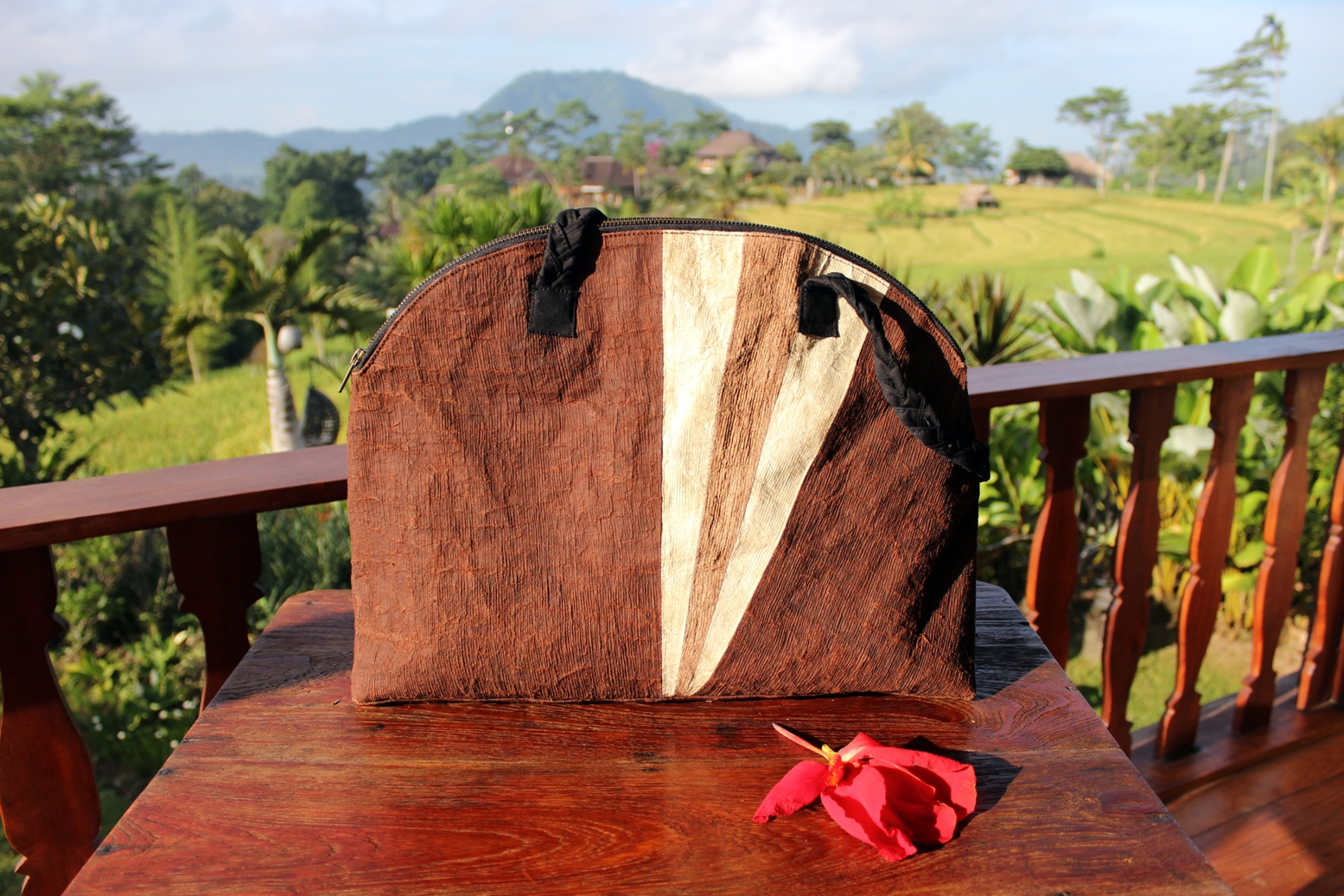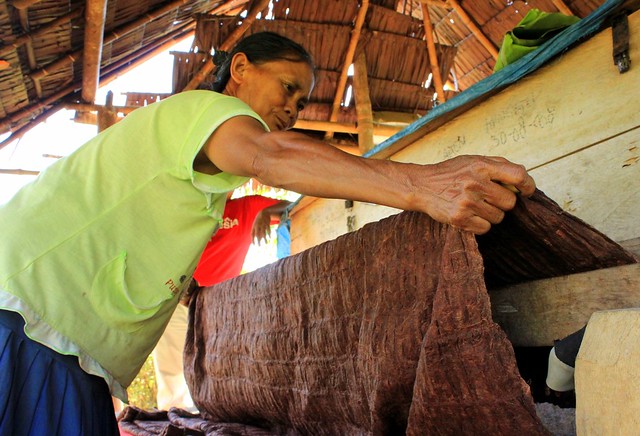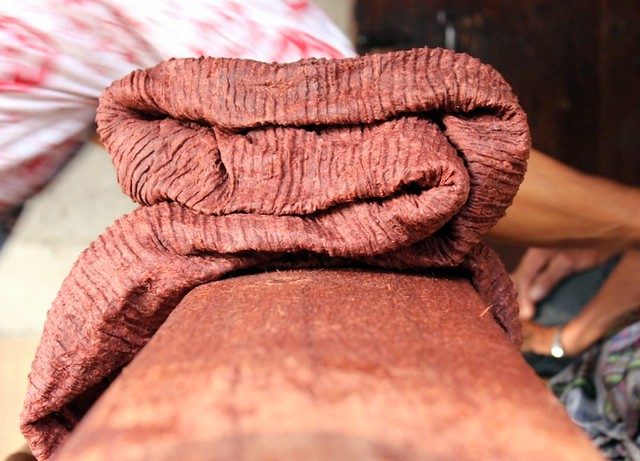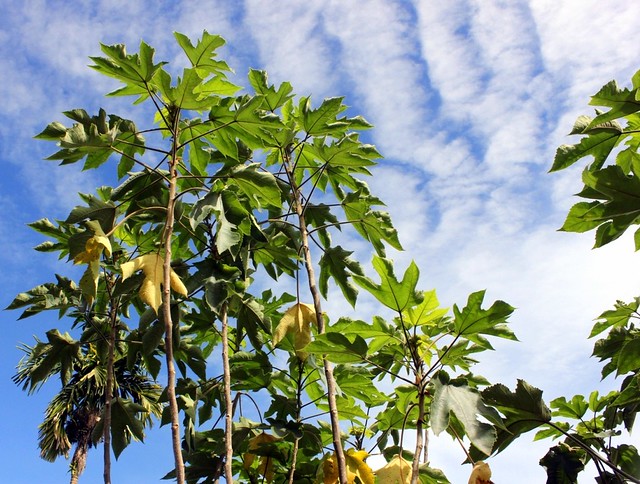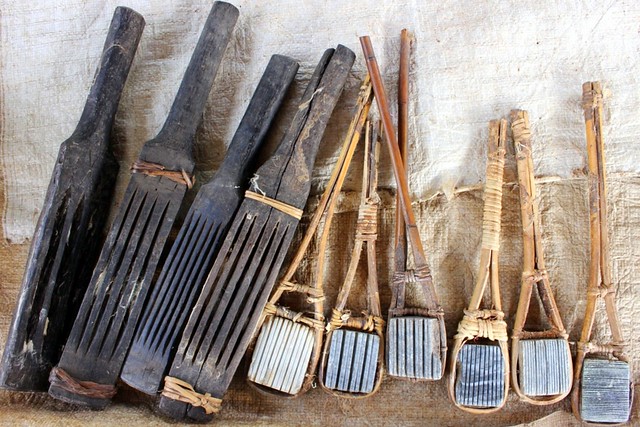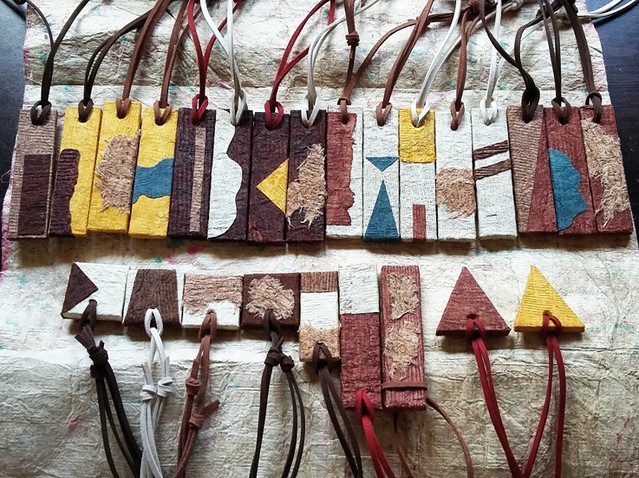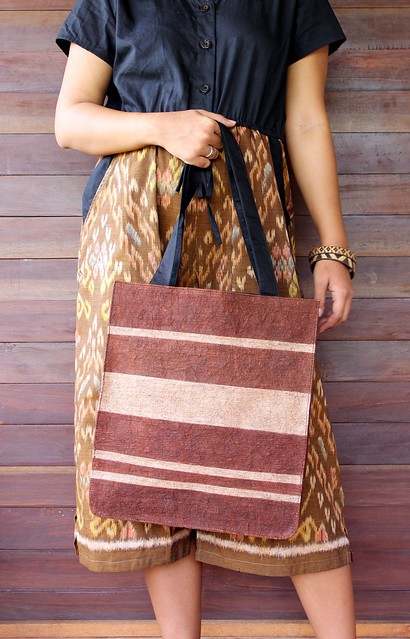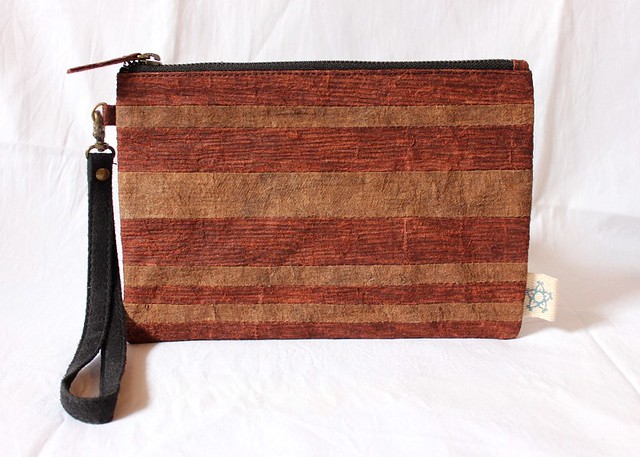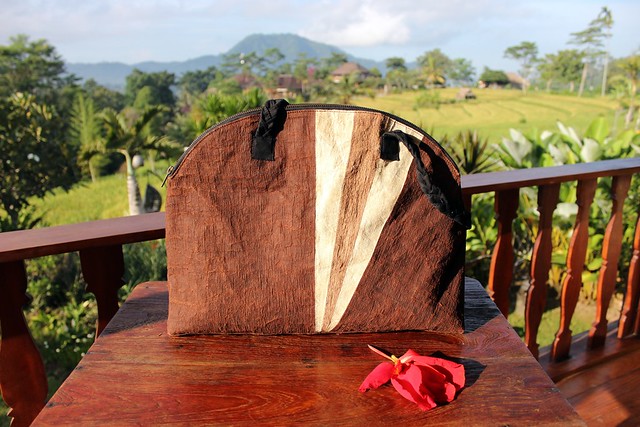JAKARTA, Indonesia – Meet The Makers celebrates traditional craft through the event “Regeneration maintains Tradition” at Alun-Alun, Grand Indonesia from October 21 to November 2, 2016. Meet The Makers is an ongoing exhibition of “Craft as Art” organized by a diverse community of artisans, designers, and several grassroots organizations across the country.
The theme of this year’s exhibition is “Regeneration”. Regeneration is important not only to keep traditions alive but to draw attention to the importance of history, cultural values, and functions that are very much a part of artisan communities’ past, present, and future.
Bark cloth is one prehistoric tradition that has survived centuries. Cinta Bumi Artisans or “Love the Earth” Artisans are supporting the Neolithic and Megalithic tradition practiced for over 4,000 years. These bark cloths come from Bada Valley in Poso, Central Sulawesi, Indonesia. Communities there conserve nature and use nature in a sustainable manner. Cinta Bumi revives this tradition in a special way. They also created a venue to inspire people to work, express themselves and share their creativity.
Sonia and Irma have become a generation of bark cloth conservationists to keep this tradition going. It is they who inherited the megalithic tradition of bark cloth making from their parents.Bada Valley is known to be a very exotic place in the eyes of the world, especially for its continued practice of bark cloth making. This surviving Megalithic tradition is timeless. Upon seeing that the production of the bark cloth was disappearing, Cinta Bumi Artisans started to work with the artisans of Bada Valley, Agus Tohama, Sonia, and Irma. When I visited Bada Valley previously, those making the bark cloth were elderly women. They were about 90 years old in age. They needed some new blood to keep the tradition going. The elders also had been long gone.
Agus, Sonia, and Irma, brought along equipment for making bark cloth to the 11th Meet The Makers exhibition. How is the primordial bark taken to be used as clothing or other materials? Let me share the story:
There are several types of bark that can be made into fabric, such as the tree bark Saeh, Malo, Bea, or Ivo, and Nunu (banyan). However, in terms of quality and yield, cleanliness and quality, Malo, Bea, or Ivo and Saeh, result in whiter cloths. On the other hand, Nunu (banyan) will produce brown bark cloth.
Bea trees used for making bark cloth
The first tool is made from palm trees, from the Enau palm. Next is a tool made from stone with its handle made of rattan, commonly called Batu Ike. That being said, the Batu ike has been used since the Megalithic era. Stones with different grooves have different functions and have different names. Batu Ike serves to lengthen and widen the bark being processed. There are six types of stones used, Batu Ike Tinahi, Batu Ike Hore, Batu Ike Pogea, Batu Ike Bengko, Batu Pampii Ike, and Batu Ike.In the process of making the bark cloth, Agus explained that the bark taken to the event at Alun Alun, Grand Indonesia is Malo bark. Visibly, it is indeed, cleaner in color (white) and has been unwrapped from a protective layer of banana leaves. It has been brought along with the equipment used for the foundation used for making the cloth and for pounding. The pounding tools are 6 in all with different functions.
Pounding device used for making bark cloth
Meanwhile, for the foundation, the material used is called tatua. Its wood is very hard. Its function is to resist when the bark is pounded on the foundation, the wood does not easily break or crack, or else it would affect the quality of the bark cloth. There is also parondo or wooden board. It is round in shape with a small grip center. It is used to pound the cloth that is already dry and out of shape so that it becomes flat and smooth.
To shift or slide the bark cloth when it is hit and moved, a tool called pongko is used. Pongko can be made from wood and is also made from bamboo. When Sonya and Irma demonstrated shifting the bark cloth, they used bamboo to move the fabric forward and backwards.
At first, if you are not used to smelling fermented bark, the odor will overwhelm you. The sour smell that comes from the bark stings in your nose. Fermenting the bark is done in order to produce mucus. Mucus makes the cloth soft and easy to handle when it is pounded and keeps it from breaking apart.
The process of making bark cloth
Bark can be derived from the banyan tree, Beringin or from Malo, Bea, or Ivo. The part that is taken is from the branches. They do not cut from the trunk of the tree as a way to preserve and maintain the health and growth of the tree. The Bada Valley people still want to see the trees grow and regenerate, just like the next generation of bark cloth makers.
The bark is further stripped off with knives or machetes. The task of cutting the branches of trees and skinning or stripping off the bark is done by the men. Once the bark is peeled and separated from the inner layer, the bark is then boiled in a clay pot for two hours. Boiling is the task of the women.
To get bark cloth that is wide, there is a need to collect bark in large quantities. Once boiled and allowed to cool, the bark is then wrapped in banana leaves.
Then fermenting continues for approximately 3-7 days. Only after can the cloth be then used.
The bark that has been prepared is then placed on the foundation (tatua), and pounded by using Enau palm to stretch the fabric further without breaking it. After bark is even, to make it finer, large ike stones of different sizes are used. The process of making the bark cloth is entirely done by women. One note: The process of making one bark cloth cannot be transferred to another person, because the force of the pounding of each person is different. This also affects the quality of the bark cloth in the end.
Fabrics that have been processed are then aerated in a cool place, without being exposed to direct sunlight. Dried bark cloth still maintains a curved shape. To even out the bark cloth, parondo or wooden board is used to smoothen out the texture of the cloth.
The quality of the fabric is also seen in its color. Good quality bark cloth is usually white. One good meter of fabric is sold between Rp75,000 to Rp200,000. Cinta Bumi Artisans also create bags and wallets from bark cloth. The remaining pieces of cloth are made into necklaces as accessories.
In my chat with Effan, as one of those behind the bark cloth product development initiative, he said “To get the raw material of the bark cloth is still rather difficult. This is because of the limited materials in Bada Valley. In addition, the trees are also fewer. For that we need more nurseries. Meanwhile, for our own bark fabric products, we will continue to develop products further, in releasing a collection of shoes, for example.

